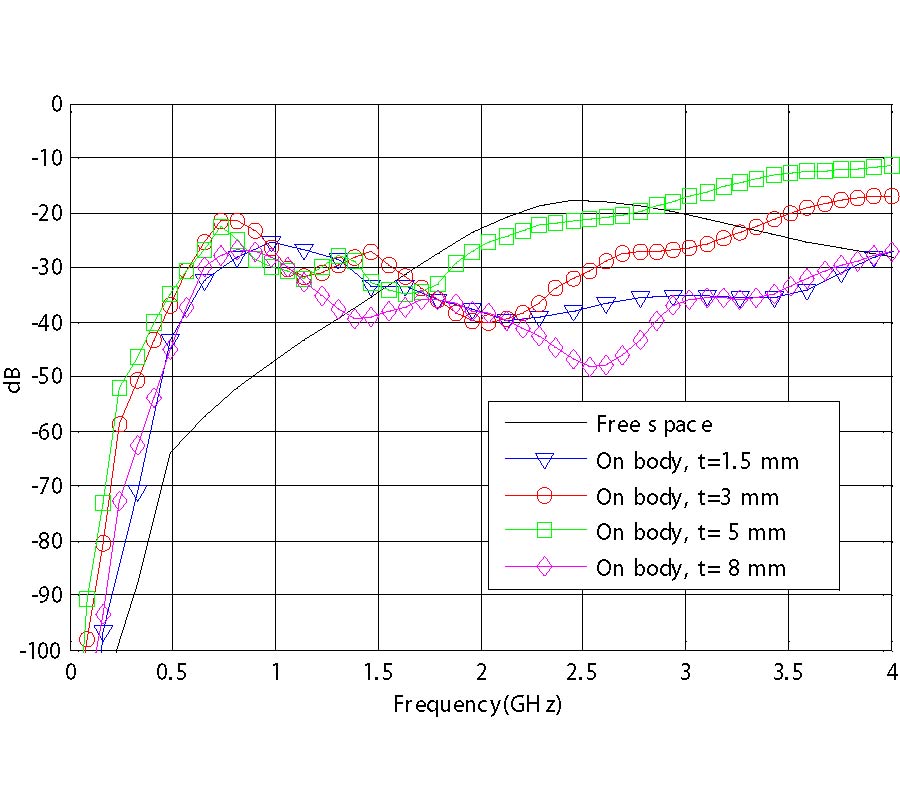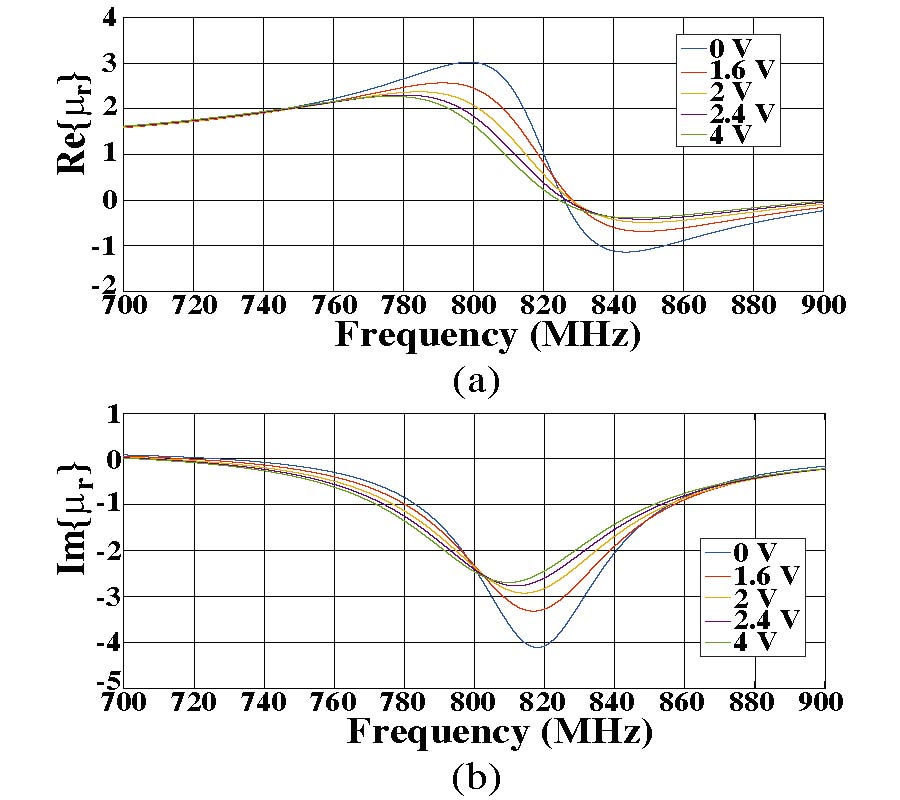Studies of Terahertz Wave Propagation in Realistic Reentry Plasma Sheath
Jiamin Chen,
Kai Yuan,
Linfang Shen,
Xiaohua Deng,
Lujun Hong and
Ming Yao
Communication `blackout' is a big challenge for modern space engineering. In the recent decade, the terahertz (THz) technology is believed to be an effective solution for the `blackout' problem. Many research works about the transmission of THz waves in plasma slabs have been carried out. According to those works, the radio attenuation of THz waves in plasma slabs strongly depends on thickness of the slab, electron density, electron collision frequency and temperature. However, few previous works have paid attention to realistic reentry plasma sheath. In the present paper, a hypersonic fluid model is introduced in order to investigate the structure of the realistic plasma sheath which covers a blunt coned vehicle. The scattering matrix method is employed to study the transmission of THz waves in realistic plasma sheath. According to the present study, the wave frequency, electron density and collision frequency are the most significant factors which determine the attenuation of the THz waves in the plasma sheath. Since the whole plasma sheath is inhomogeneous, to install the antenna at an appropriate position helps mitigate the `blackout'. For the blunt coned reentry vehicle, installing the antenna on the wall close to the bottom is helpful for mitigating the `blackout' problem.









